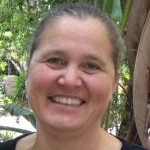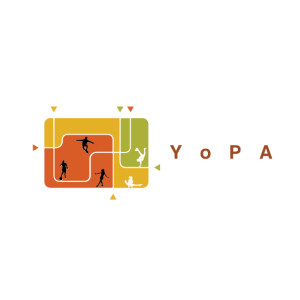 \
&
Contact us
\
&
Contact us
 \
&
Contact us
\
&
Contact us
Published on | 4 years ago
Last updated on | 3 weeks ago

ann.vanhauwaert@fwo.be
The costs in this category cover the costs that a third party has for resources it contributes to the action (i.e. made available for use by the project). In Horizon 2020 this could be made available for free or against payment. This can include incorporation of a seconded personnel in the project, made available by a third party, or for example the use of lab equipment made available by the third party.
It is still possible in Horizon Europe to work with in-kind contributions, though it is categorised in a different way than in Horizon 2020 since no specific article for in-kind contribution exists anymore.
The notion of ‘in-kind contributions’ against payment does not exist anymore in the Corporate Grant Agreement of Horizon Europe. In-kind contribution can only refer according to the Financial Regulation to in-kind contributions free-of-charge (see in beneath).
If there is second personnel from a third party you will count on, then this should be included as your personnel cost under category A, but under personnel categery A3 in the budget table “seconded personnel”. If you will use equipment or hire a service, then it should be included under the purchase costs.
This is in the program period 2021-2027 solely possible in Horizon Europe. In the AMGA on page 9 (and further in art 6(1) and art 9(2)) dedicated explanation is given. The costs must be declared in the relevant cost category depending on the type of cost (as for “in-kind contribution against payment”) as if they are costs of the beneficiaries themselves. So seconded personnel should be included as category personnel cost A3.
Be aware
We offer news and event updates, covering all domains and topics of Horizon Europe, Digital Europe & EDF (and occasionally, for ongoing projects, Horizon 2020).
Stay informed about what matters to you.
By signing up, you can opt in for e-mail notifications and get access to
a personalised dashboard that groups all news updates and event announcements in your domain(s).
Only for stakeholders located in Flanders

The YoPA project, ‘a youth-centred preventive action approach towards co-created implementation of socially and physically activating environmental interventions’ obtained funding from Horizon Europe’s Health Cluster. The project addresses the multifaceted challenges of physical inactivity and health inequalities through a unique participatory approach. The project places teenagers between 12 and 18 years old in vulnerable situations at the forefront of the intervention process. The Institute of Tropical Medicine is a partner in the project and will conduct a Realist Evaluation to understand how youth co-creation contributes to improved adolescent health and well-being in four cities in Denmark, Netherlands, Nigeria and South Africa. By integrating its results and sharing its approach in an open access Toolbox, ITM aims to contribute to fostering sustainable, youth-led solutions for healthier urban environments.